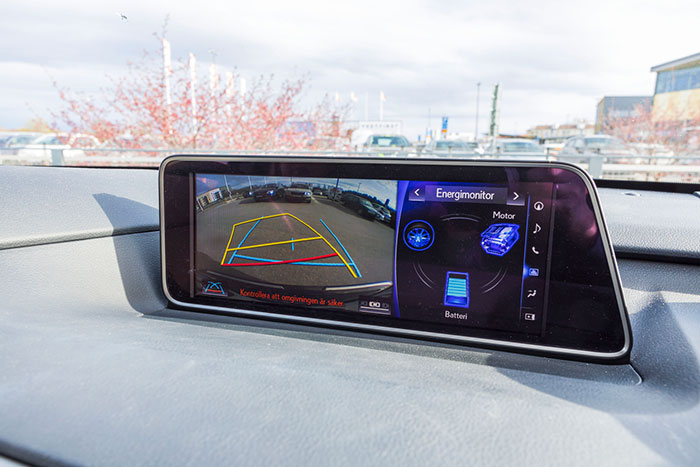With cars getting bigger and parking spaces remaining the same, parking a car is often an overwhelming experience for even the most experienced drivers, and it can be downright dangerous too. Fortunately, there is now a vast array of innovative safety features and devices that can lower the risk of an accident when manoeuvring in and out of tight spaces. The two main parking aids available are reversing cameras and sensors, which begs the question – which is better?
Both Help to Reduce Parking Incidents
Vehicles, especially trucks, vans, and large SUVs have blind spots where vision is restricted while reversing, this increases the risk of driving over something, or hitting a person or other parked vehicle. Parking sensors and reversing cameras can both help make parking safer by alerting the driver to a nearby object or increasing visibility behind the vehicle.
Parking Sensors
Attached to the bumpers, sensors use sonar to measure the distance from the car to an obstacle and alert the driver with a beep when an object is close. Many cars are fitted with reversing sensors only, while other vehicles have sensors on all sides. The distances they provide are accurate, but they don’t provide visibility like cameras do. Parking sensors function in any weather conditions, and they allow the driver to focus on looking behind and using mirrors when reversing rather than focusing solely on a dashboard camera. However, there are a few cons:
- They might not be beneficial when reversing larger vehicles.
- There is no way of knowing whether the object they are alerting you to is a real danger or not, such as a person or simply an overhanging bush.
- It can be expensive and challenging to install after-market parking sensors to a vehicle.
Reversing Cameras
The purpose of a rear-view camera is to increase visibility behind a vehicle to prevent a collision. Consisting of a camera fitted to the rear of the vehicle, usually around the licence plate, and a dashboard monitor for viewing, there are several types of reversing cameras available. Whilst many modern cars come fitted with reversing cameras as standard, many still do not, and that’s where an aftermarket camera is ideal. There are many reversing cameras available that are affordable, effective, and easy to install to almost any vehicle so it’s important to choose one that suits your specific needs and budget.
Which Is Best?
Both sensors and reversing cameras are excellent parking aids, so it can be difficult to decide which one is better. The best one for you will depend on your personal preference and how you use the technology to help you park. The improved visibility that cameras provide has been proven to significantly lower the risk of collision, but a combination of the two technologies can be useful as sensors may detect objects that might not be in the camera’s field of view.
Choosing a Reversing Camera
When purchasing reversing cameras for your car, you should look for one that:
- Has a wide viewing angle.
- A large monitor with a clear image.
- Has the ability to add additional cameras if you regularly tow a caravan or boat.
- Is easy to install.
- Has a reputation for being a high-quality, and reliable rear-view camera.
Trust Safety Dave for Affordable Safety Gear for Your Vehicle
Safety is our name, so whether you are looking for reversing cameras, TPMS, first aid kits, or a portable defibrillator for sale, we can help with affordable safety equipment that will keep you and your family safer while out and about. Every single product in our range complies with the most stringent Australian Safety Regulation and Standards so you can purchase an AED/defibrillator, rear vision kit, or fire safety equipment with confidence. Shop online now or get in touch with our friendly and knowledgeable team for expert advice and recommendations.


